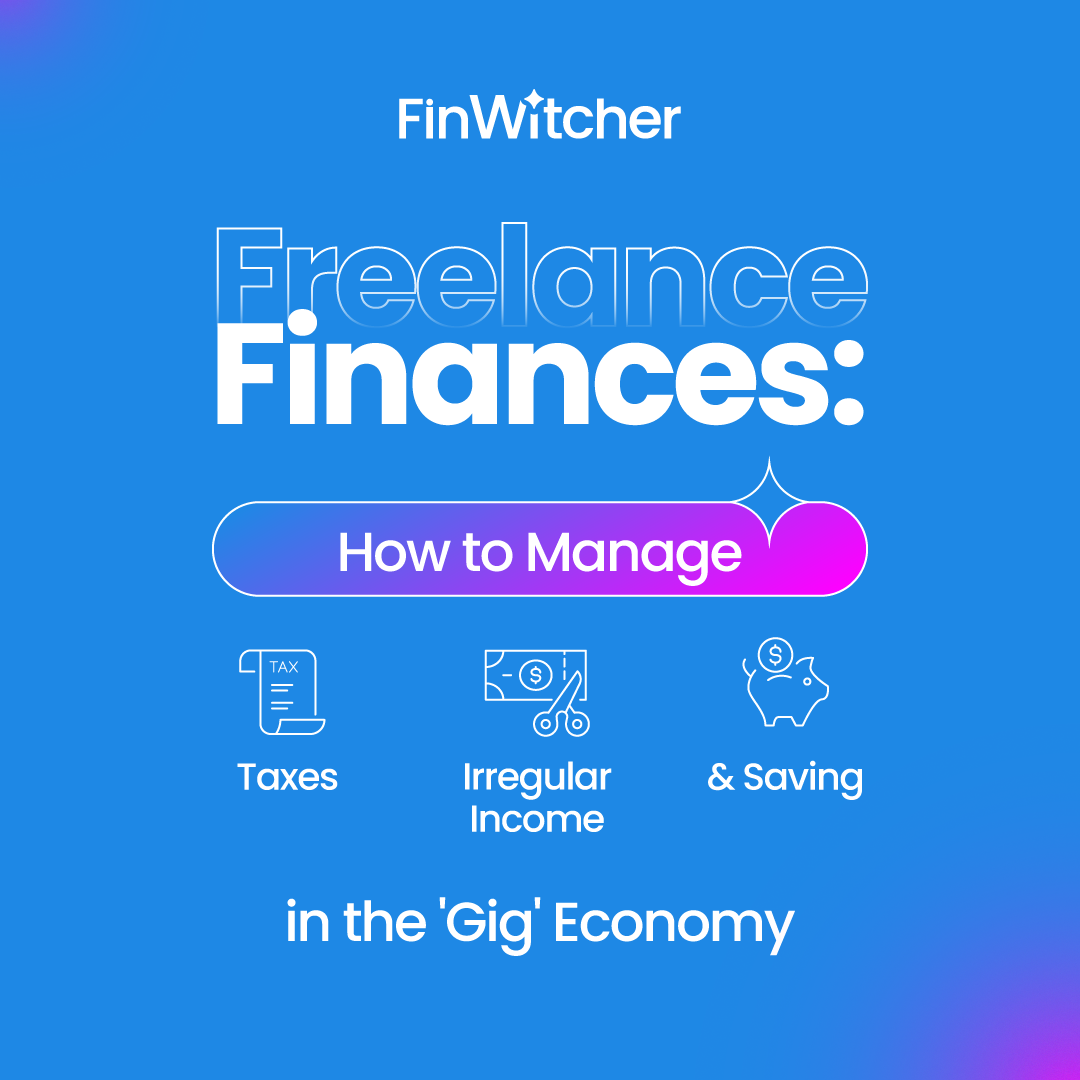
If you’re reading this, you probably know the incredible freedom that comes with being a freelance professional or part of the gig economy. You set the rules, choose the projects, and define your schedule. It is, quite literally, the future of work. But let’s be honest: that same freedom often comes with a steep price—financial stress.
Unlike traditional employment, there is no fixed direct deposit every 15th and 30th, nor an HR department handling your taxes. Irregular income is the norm, and without a solid system, the fear of an unexpected tax bill or a slow month can feel paralyzing.
The good news is that mastering your freelance finances is not a mystical art. It’s a discipline built on automation and forward-planning. Here is the three-pillar strategy used by the most successful freelancers to turn financial chaos into control.
The biggest challenge in freelance finances is the income roller coaster. The core trick is to flatten that curve at a personal level.
To handle gig economy money effectively, you must stop treating your personal bank account like your business's cash register. Implement this critical four-bucket system:
This method transforms your irregular income into a predictable monthly salary, eliminating daily anxiety.
Taxes are the single biggest threat to an unprepared freelancer. The key to neutralizing this stress lies in anticipation.
If you are in the gig economy, it is your responsibility to calculate and set aside your own taxes.
Your freelance business entitles you to deduct certain expenses. Do not leave that money on the table:
💡 Pro Tip: A smart financial assistant powered by AI can automatically flag and categorize these transactions as potential deductions throughout the year, dramatically simplifying the bookkeeping process for busy freelancers.
Freelance life does not come with a company-matched 401(k), so long-term saving requires serious intent.
Before you invest aggressively, you need a personal "rainy day" fund that covers 6–12 months of living expenses. This is your ultimate safety net against client dry spells or unexpected illness—the biggest risks in the gig economy.
Standard IRAs are a good start, but as a self-employed professional, you have better options to maximize your tax-advantaged contributions:
When you land a large, high-paying project, use that money wisely. Instead of letting it inflate your lifestyle, allocate a percentage to your retirement funds or high-yield investment accounts. Use those irregular income spikes to build long-term, compounding wealth.
Freelancing success is not just about your skills; it's about treating your finances like a business. Predictability comes from process, not sheer income alone.
Ready to stop manually moving money between buckets and worrying about tax deadlines? The future of freelance finances is automated. FinWitcher uses AI to enforce these rules for you, ensuring your buffer is full and your tax fund is ready, so you can focus on what you do best. Join the waitlist today!